Maceron (Smyrnium olusatrum) is not a well-known plant. Unfortunately, it has fallen into disuse over centuries. Yet it has many qualities, both aromatic and ornamental for a wild garden! Entirely edible, discover what it hides beneath its wildflower appearance, and learn to harvest and preserve it for many culinary uses!
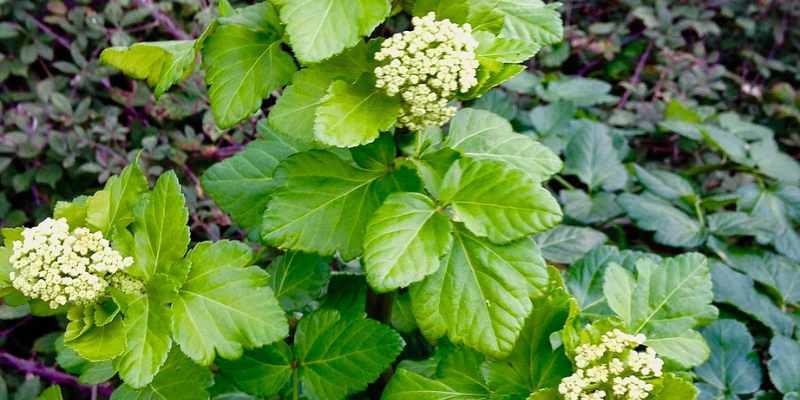
Maceron: a forgotten plant to rediscover
Maceron, with botanical name Smyrnium olusatrum, is a biennial herbaceous plant of family Apiaceae, very aromatic, characterised by thick hollow stems and bright green leaves. Originating from Mediterranean basin, Smyrnium perfoliatum known as perfoliate maceron or mountain parsley is a slightly different, smaller species whose leaves are more fleshy and a little less shiny, with upper leaves perfoliate.
Both macerons have an intense flavour lying between celery and anise (the name derives from myrrh). Everything is good in maceron! Its stems, leaves, flowers and seeds are all edible and widely used in cooking. Maceron was cultivated in Roman times, hence the English name Alexanders, a reference to Alexander the Great. It was prized in medieval herb gardens and clergy gardens. It is now returning to kitchens, which is welcome!
Completely hardy, maceron grows in rich, slightly moist soil, ideally in sun or partial shade. It self-seeds when soil remains cool. It is also a very attractive wild-looking plant to grow in an ornamental garden!
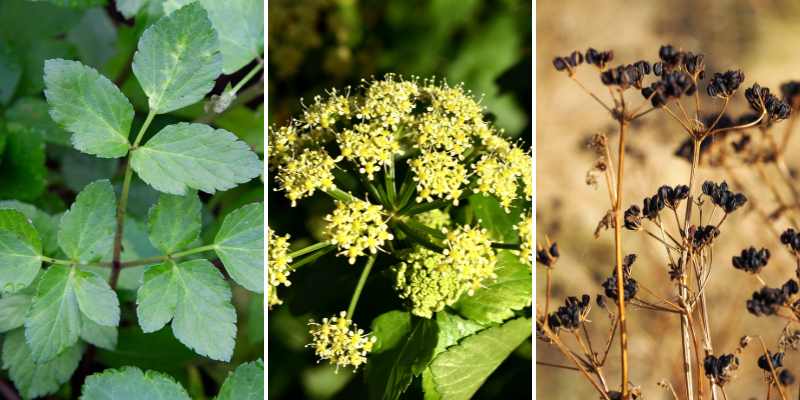
How to recognise it?
This vegetable plant grows as a biennial herbaceous plant. In the first year it produces mainly roots and one or two leaves, then several in the second year, and finally, sometimes only in the third year, a sturdy hollow stem appears, bearing yellow-green flowers between April and June. Maceron is also recognisable by leaves divided into large leaflets, glossy and shiny, pale green in colour. Species S. olusatrum has leaves divided into three leaflets. The Species S. perfoliatum has upper leaves perfoliate, as if the stem passed through them, and slightly more yellow flowers. Both have evergreen to semi-evergreen leaves in winter, depending on mildness of climate. S. olusatrum grows to about 1 m in height, while its cousin S. perfoliatum reaches around 60 cm.
Growing spontaneously on French coast, maceron is found notably on the Île de Ré, where it is common on tables, called marsh berry or salt-maker's pepper, used to accompany fish and shellfish with floral, spicy notes.
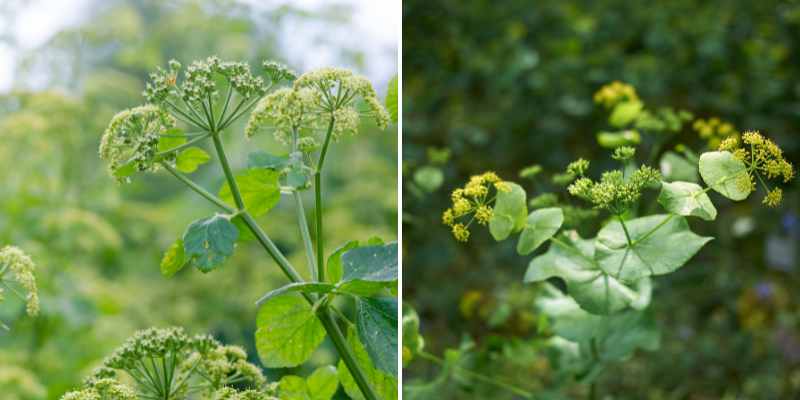
When and how to harvest maceron?
Harvesting maceron takes place in two stages: first year for leaves and stems, second year for seeds. Maceron is at peak flavour just before flowering, which generally occurs in spring of second year. At that time, you can still harvest leaves and stems for immediate use, or preserve them for later use. Flowers are harvested by cutting at base, usually in June. As for stem, harvest takes place in winter.
Preserving maceron
As with many aromatic herbs and vegetables, best is to pick maceron shoots as needed for cooking. But if you want to preserve for later use, several methods keep maximum flavour:
Drying: This method preserves leaf aroma best. To do so, gather stems into small bunches and hang them in a dry, ventilated place. Once completely dry, strip leaves from stems and store leaves in an airtight container away from light, in a kitchen cupboard with other herbs.
Freezing: Leaves can also be frozen. Rinse them, dry them, then place in a freezer bag. This method preserves flavour well but alters plant texture.
Storing seeds: Seeds can be harvested once fully dry on plant, generally at the end of summer, when they turn black. Store in an airtight container in a cool, dry place. At this stage you can also roast them, though best to do so as needed to keep resulting aroma intact.
How to use maceron in cooking?
Use leaves raw to dress salads, soups, or cooked after blanching. Basal leaves were once mainly used as a vegetable, cooked like celery stalks. Cooking reduces bitterness, since they have a stronger taste than celery.
Seeds, once dried, resemble pepper, with a slightly milder bite, hence the French nickname marsh pepper or sea pepper. Berries are ground as condiment on white meats or delicate fish flesh such as sea bream. Roasted, maceron develops a less bitter, very fruity flavour.
Stems can be peeled and cooked like asparagus, or candied in sugar, as is done for angelica.
Flowers also make their way to the table, raw or cooked: as flower buds candied in vinegar like capers, finely chopped on salads, or as fritters like elderflower fritters.
Even maceron roots were used as vegetables in former times, though this is probably not the part you will use most. If you do want to try, harvest in autumn or winter. Store in cellar like carrots and other root vegetables. They must be blanched, then cooked to accompany meats, for example.
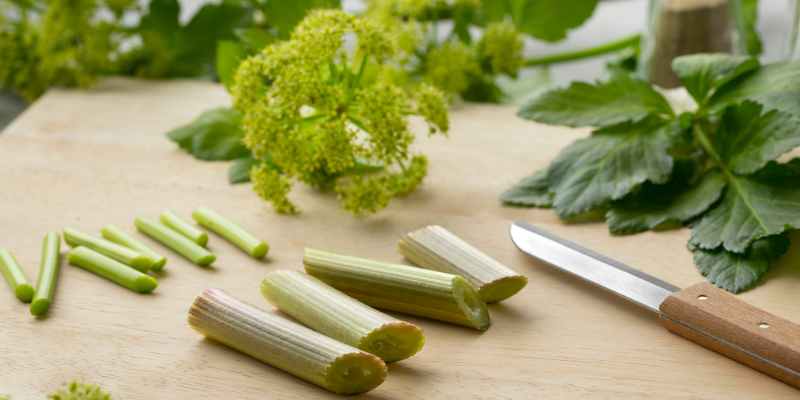
Learn more
- Find out everything about origins and use of maceron in this comprehensive article: Maceron: man and sea
- Find All the beautiful and edible plants in French book by Didier Willery and Pascal Garbe.
- We explain foodscaping or how to design an edible garden at home in our article!
- Find the recipe for candied angelica with Ingrid































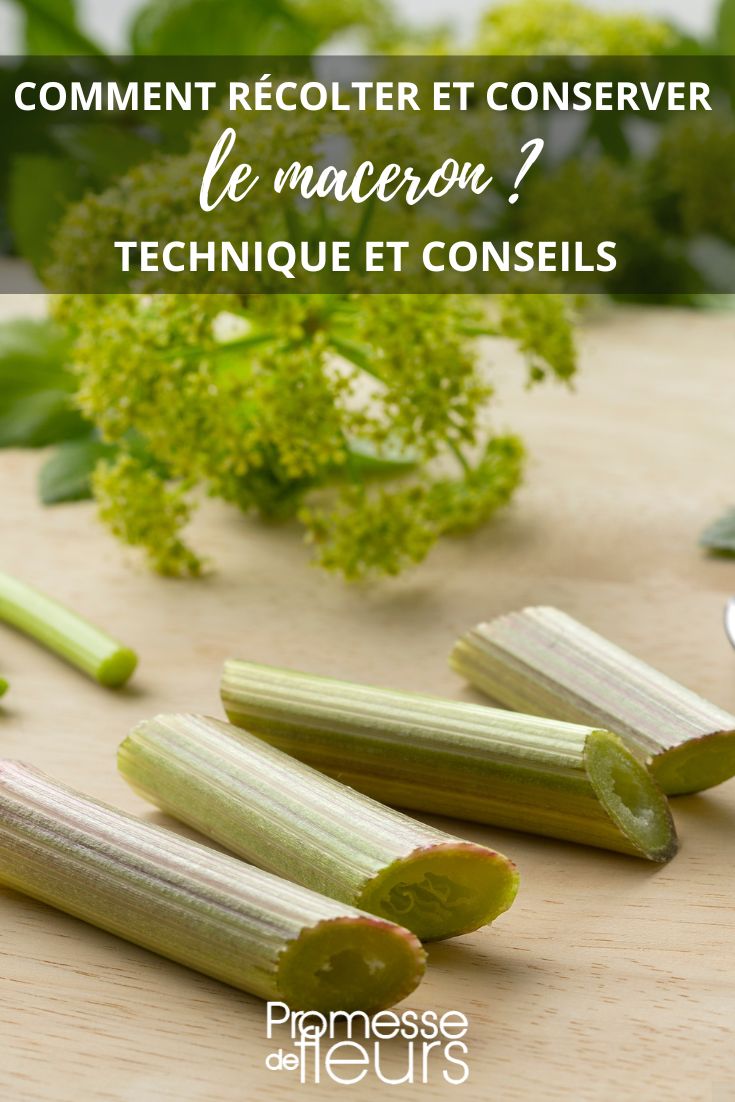
Comments